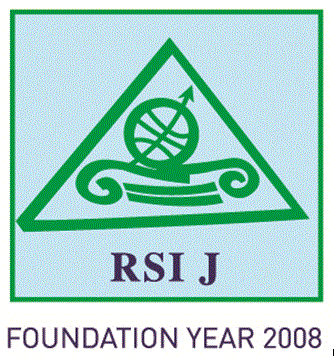Lidia S. ARKHIPOVA
PhD in Economics, Associate Professor, Department of National and Regional Economics, Plekhanov Russian University of Economics, Moscow, Russia
lidia.arkhipova@mail.ru
Abstract
One of the factors influencing the sustainability of economic processes is the level of labor force territorial differentiation across the country. In locations with high employment rate among the working-age population, as a rule, the indicators of economic efficiency and sustainability are high. The outflow of labor, in its turn, contributes to a shortage of personnel, a reduction in production and an influx of migrants. Therefore, despite the replaceability of the labor force by robotics and digital technologies, for Russia with its vast space, studying the consequences of interregional inequality can identify strategic areas for economic development. Thus, the purpose of the research is to assess the degree of inter-regional inequality in the provision of the country’s regions with labor as one of the economic sustainability factors. The study of territorial inequalities in the economic space promotes the understanding of the importance of the strategic tasks in economic development of a complex, subordinate and multicomponent regional system of the Russian Federation. The processes of territorial inequality are greatly influenced by the migration flows, expressed in the outflow of the population mainly from the eastern regions. Significant migrations are common among rural migrants from the Far Eastern, Siberian and Urals Federal Districts. Therefore, the main influx of migrants is characteristic of the Central, North-Western and Southern districts. The contribution of the present research to economic science consists in justifying the prioritized support and development of the territories that are losing population and, accordingly, labor force.
Keywords: region (RF subject), territorial differentiation, labor force, development factors.
JEL classification: R23, J610
